
Nepal Flag History, Shape and Quick Facts
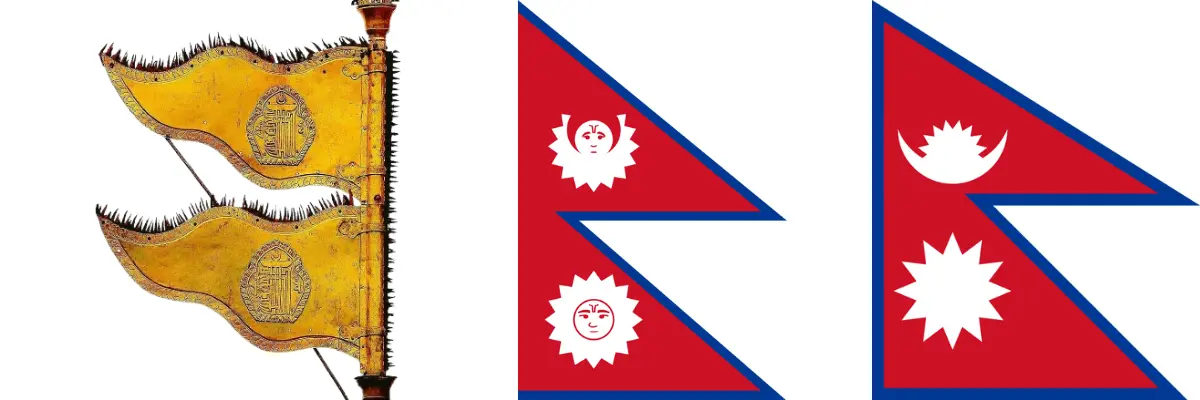
Table of Contents
Unlike any other country in the world, Nepal flag strikes unique with its double-triangle shape, crimson red and deep blue. It’s not just a flag; it is an identity, a symbol of culture, pride, spirituality, and resilience. It is the only non-rectangular national flag in the world.
With Nepal’s unique double-triangle shape, the flag is the representation of Himalayan heritage and centuries-old traditions and religious values. The flag is a symbol of Nepal’s independence, Hindu and Buddhist religions, and the beauty of the Himalayas. The Gham (Sun) and Jun (Moon) represent that Nepal nation will prevail as long as there are these celestial bodies.
The Meaning of Nepal Flag
The elements in Nepal’s flag aren’t just for visual appeal—they tell our story of resilience and bravery, our struggle and triumph:
Crimson Red: It represents bravery, victory, and the national flower of Nepal, the rhododendron.
Blue Border: It stands for our calmness, peace and harmony.
The Two Triangles: They represent the Himalayan mountains, the natural shield of Nepal. They also stand for the two major religions practiced in the country—Hinduism and Buddhism.
Moon and Sun: The white moon in the upper triangle represents calmness, purity, and the cool temperament of the Nepalese people. Meanwhile, the white sun in the lower triangle signifies fierceness, perseverance, and the heat of resolve. Further, the 12 rays of the sun represent the 12 months and 12 zodiac signs, as they are related to the sun’s movement.
History
The national flag of Nepal is a legacy that connects modern statehood with ancient tradition. The current national flag of Nepal was redesigned on December 16, 1992.
Before the unification campaign, led by Prithvi Narayan Shah, the national flag of Nepal had facial figures from 1928 to 1962. Particularly, the Shah and Rana dynasties used this double-triangular flag, which was simplified in 1962 by removing facial figures from the sun and moon. This made the national flag of Nepal more geometric while retaining its original form.
Long before modern Nepal was formed, the Kathmandu Valley and its ruling dynasties used similar triangular pennants. These Hindu religious banners, called ‘Dhvaja’, inspired the current design.
Nepal is one of the few nations that chose to retain its ancient flag design, even as others shifted to Western rectangular standards.
People Also Search For: Nepal’s Mountain Prayer Flags: Meaning and Significance
Flag Shape: Why is the Flag of Nepal Not Rectangular?
Nepal’s flag is the only national flag that is not quadrilateral. This is more than just a stylistic choice—it reflects tradition and spiritual symbolism.
It consists of two stacked triangles (technically pennons), creating a unique form not seen in any other national flag. The triangular shape reflects the mountain peaks and has religious ties to temples and Hindu deities. It reinforces Nepal’s identity as a deeply spiritual, mountainous nation.
The flag’s shape and proportions are defined through complex mathematical instructions laid out in the Constitution of Nepal. No standard length-to-width ratio is fixed—instead, it is created using geometric constructions based on a set of points, angles, and line segments.

Flag Colors and Their Meaning
Each colour and symbol in the flag carries a deep meaning:
Crimson Red (रातो): Nepal’s national colour. It symbolizes bravery and courage. It also represents the rhododendron, Nepal’s national flower.
Blue Border (निलो): Stands for peace, harmony, and calmness—values deeply embedded in Nepalese life.
White Celestial Symbols: The moon and sun are pure white, standing for purity and the hope of the eternal existence of the nation.
Post You May Like: Architecture of Nepal: Its Styles and Features
Interesting Facts About Nepal’s Flag
- Only non-rectangular flag in the world.
- The height-to-width ratio of the flag of Nepal is approximately 1:1.22.
- The two triangles represent the Himalayas and the Terai plains.
- Sun and moon mean Nepal will reign sovereign and exist until these celestial bodies exist.
- Nepal’s flag remains similar to what it was centuries ago, not influenced by Western rectangular designs.
- If you put a mirror or another flag together with the flagpole, it symbolizes an image of the pagoda.
- The flag was displayed in the world’s tallest building, Burj Khalifa, to celebrate the constitution of Nepal.
FAQs
How many corners are there in the flag?
There are 5 corners in the flag of Nepal, with two merging triangular flags.
How many edges are there in the sun and moon of the Nepal flag?
By the constitution of Nepal 2072 BS, the moon should have 8 edges and the sun must have 12 edges.
Who designed the current national flag of Nepal?
Shankar Nath Rimal, along with Saloja Dahal, designed the current national flag of Nepal.
Want to know more?
Speak to an Expert





Sandip Dhungana
Nepal 🇳🇵
Whatsapp: +977-9823636377




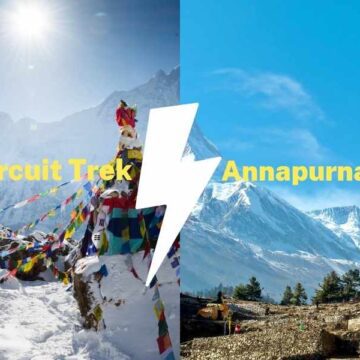





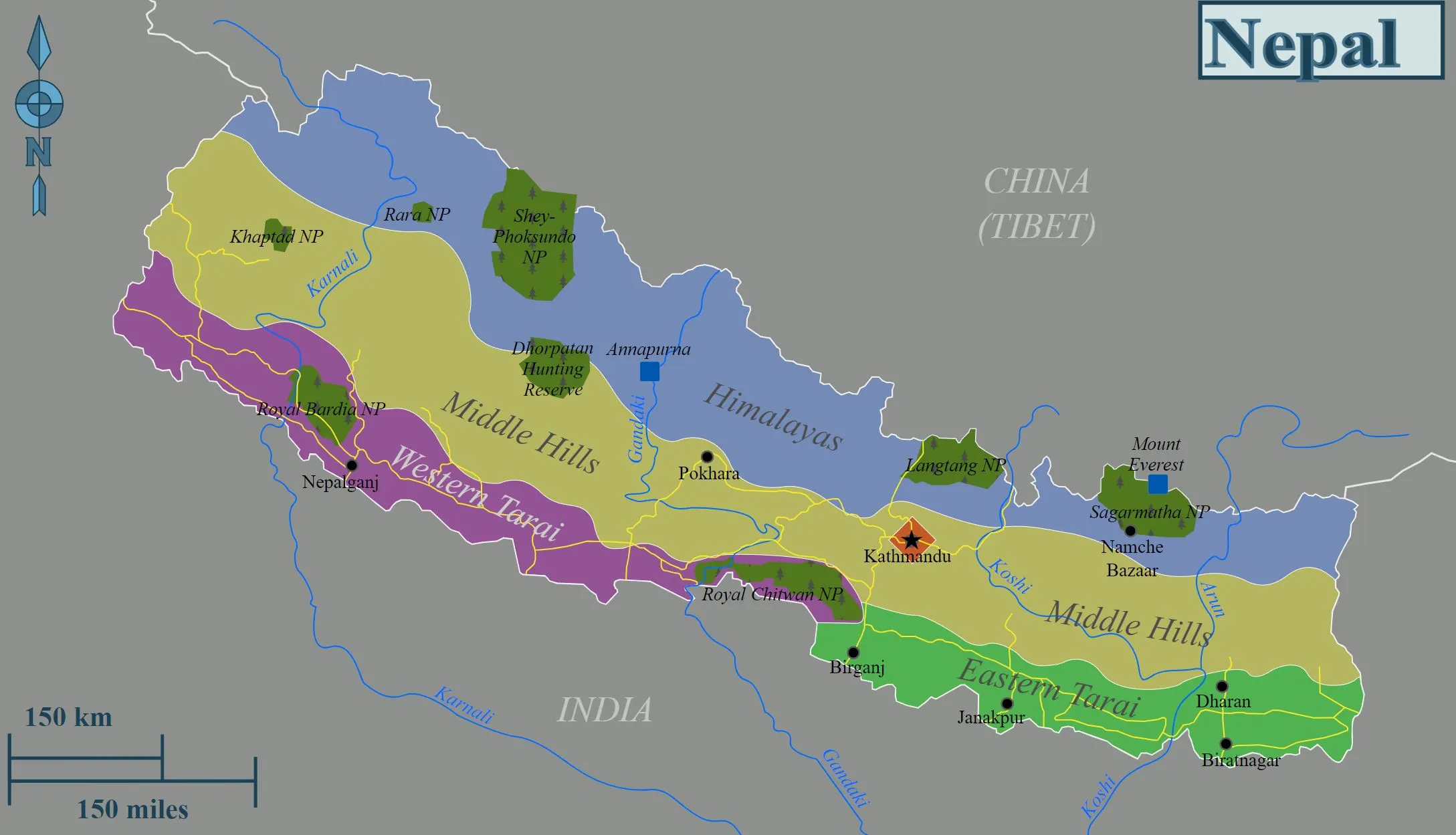
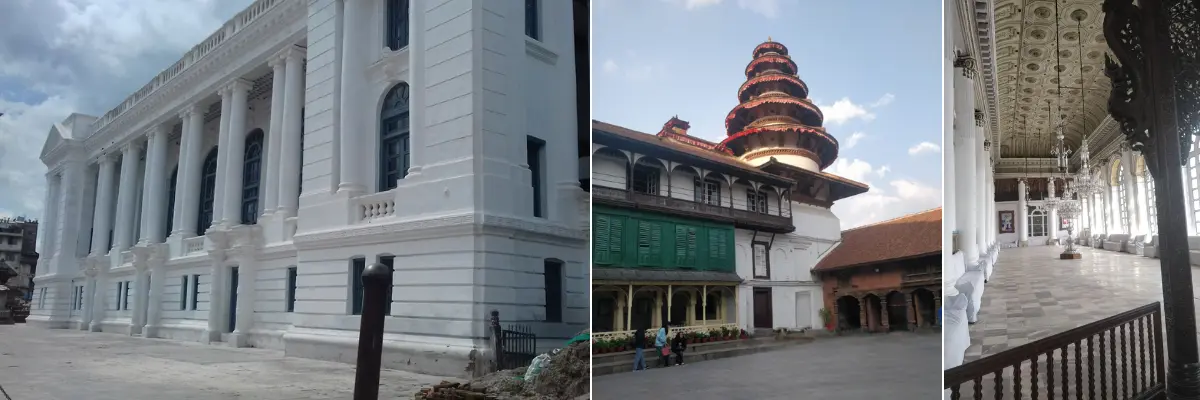
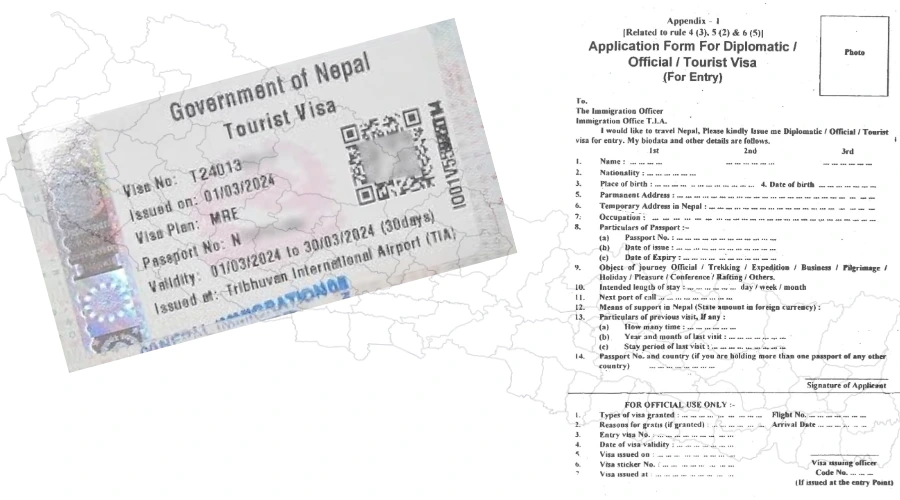










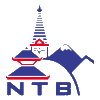
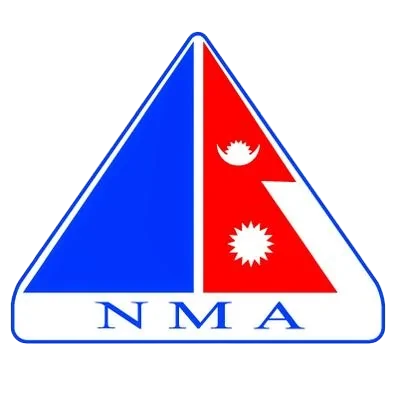

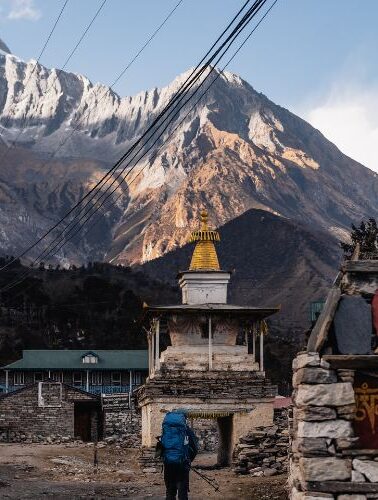
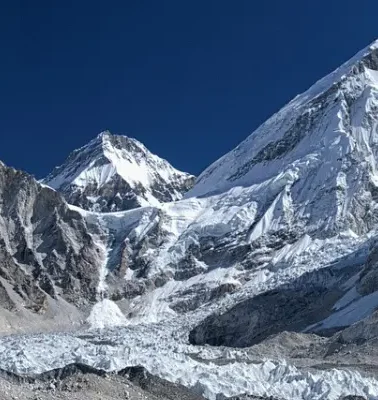

Leave Your Comment